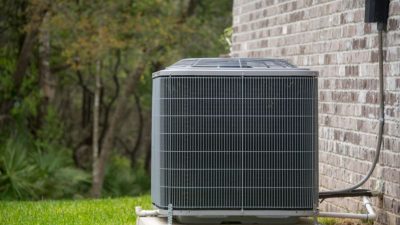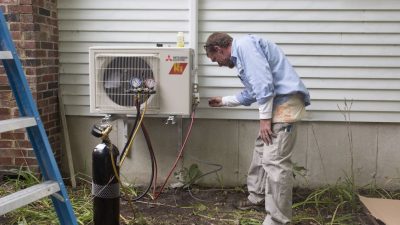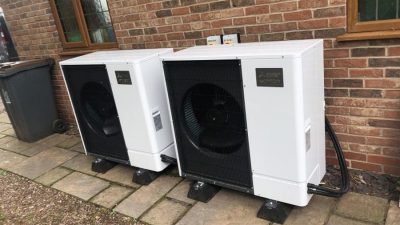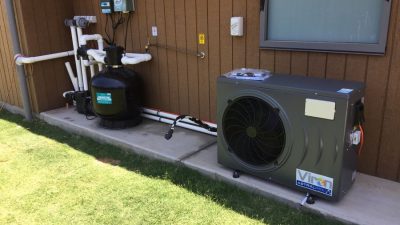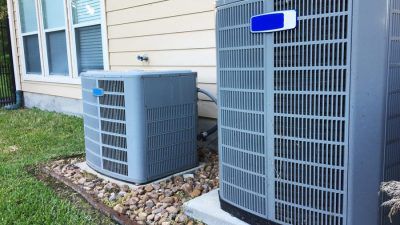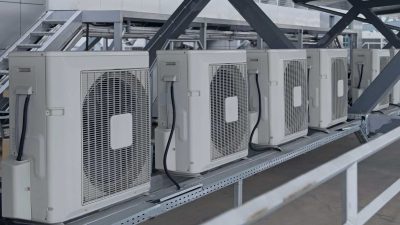Have you ever wondered how Eskimos keep warm during the brutally cold winters? For those of us who live in warmer climates, it can be hard to imagine living in a place that requires such extreme measures to keep warm. But for centuries, the indigenous people of the Arctic have been finding ways to stay comfortable and safe in their harsh environment. In this article, we’ll explore how Eskimos heat their homes and how these methods help them survive and thrive despite the frigid temperatures.
The harsh climate of the Arctic is no joke; temperatures can drop as low as -40°F! That’s why it’s so important for Eskimos to find ways to keep their homes warm. And over centuries of trial and error, they’ve developed creative solutions that allow them to remain comfortable throughout the winter months. From utilizing natural resources to creating ingenious structures, these methods are designed with both efficiency and sustainability in mind.
We all crave freedom – but few of us have had to develop a lifestyle capable of enduring such extreme conditions! By exploring how Eskimos heat their homes, we can gain insight into the incredible resilience and ingenuity of Indigenous peoples around the world – and appreciate our own ability to make choices that steer us towards freedom.
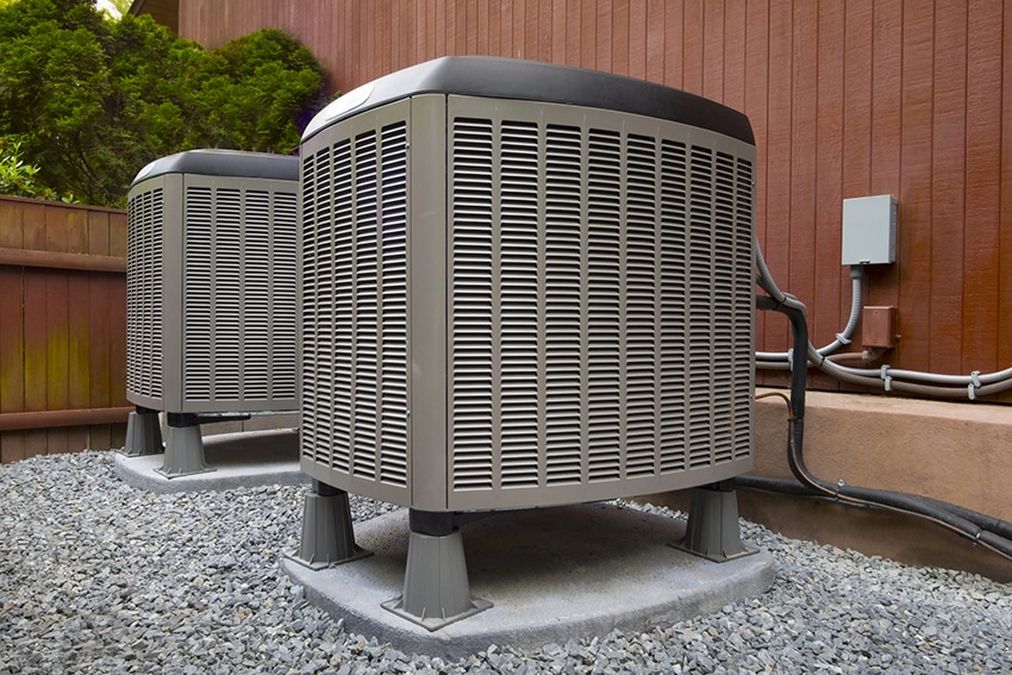
Overview Of Traditional Heating Methods
Traditional heating methods are used by eskimos to heat their homes. It’s important for them to stay warm in the harsh, cold climate of the Arctic region. To do this, they use a variety of methods that have been used for centuries. In this overview, we’ll explore these traditional heating methods used by eskimos to keep their homes warm.
One way eskimos use to heat their homes is through stoves. These stoves can be made from stone, clay or metal and are filled with wood or coal for fuel. They work by burning the fuel, which produces smoke and heat in the home. Some stoves also feature a chimney to direct smoke away from the home. This is important as it prevents smoke from filling the house and keeps it warm.
Another way eskimos heat their homes is by using seal-oil lamps, which burn seal-oil as fuel instead of wood or coal. Seal-oil provides an efficient source of heat and light and has been used by native cultures in the Arctic region for generations. In addition, some houses are built with thick insulated walls that help trap in warmth and prevent it from escaping outside.
These traditional heating methods provide a safe and reliable way for eskimos to keep their homes warm during cold winters in the Arctic region. With these methods, they can create comfortable living spaces while still maintaining a connection to their cultural heritage and values.
Types Of Fuel Used
Eskimos traditionally heat their homes using a variety of fuels. These fuel sources range from traditional fuels such as wood, oil, or coal to renewable resources like solar and wind power. In areas where it is available, natural gas is also used as a heating fuel. Each type of fuel has its own advantages and disadvantages.
Wood is one of the most widely used traditional fuels for heating homes in Arctic regions. It is relatively easy to obtain and burns cleanly with minimal smoke production. However, it requires regular replenishment and may not be available in all locations. Oil is another common form of heating fuel in the north, but it can be expensive and generates air pollutants that contribute to global warming when burned. Coal also produces pollutants, but can be more cost-effective than oil in certain cases.
Although renewable energy sources are becoming increasingly popular around the world, they may not be practical or economical in certain areas due to the lack of infrastructure or the cost of installation. Despite this limitation, these forms of energy are becoming more accessible over time and are beneficial for both reducing emissions and providing a long-term source of sustainable energy for northern communities.
Building Materials And Design
The design of homes in the Arctic region is unique, as the environment has extreme conditions that must be taken into consideration when building. The materials used to construct these homes are largely dependent on the availability of natural resources in the area and must also be able to resist strong winds and cold temperatures. Common building materials used by Eskimos include snow block construction, ice block walls, and insulated wood frames. Design features such as windows and doors are placed strategically to reduce heat loss while still allowing enough light into the home.
Insulation methods such as wool blankets, animal skins, and dried grasses are also used in order to trap warm air inside the house. This helps keep it warm during cold winter days even when temperatures drop below freezing. Additionally, many Eskimo dwellings have a central fire pit for cooking and heating which often has a smoke hole at the top for ventilation purposes. In this way, Eskimos can stay comfortably warm throughout their long harsh winters without relying on electricity or natural gas for heating their homes.
Modern Heating Solutions
Modern heating solutions are an attractive option for Eskimos looking to heat their homes. Alternative heating systems, such as electric and solar, provide a reliable source of warmth while also being energy efficient and cost-effective. Electric heating systems are perfect for those who want the convenience of being able to control the temperature inside with a thermostat. Solar heating is also great for those who are looking to reduce their electricity bills and go green. Geothermal heating systems use the earth’s natural heat to warm homes in cold climates like Alaska.
These modern heating solutions offer numerous advantages over traditional methods of keeping warm, such as wood burning stoves or open fires. They are extremely safe, clean, and efficient – giving Eskimos more options when it comes to keeping their homes cozy on chilly winter nights. Ultimately, these modern technologies provide an improved quality of life by allowing people to stay comfortable without sacrificing their budget or environmental impact.
Impact On Environment
In contrast to modern heating solutions, the traditional methods of heating used by Eskimos have much less of an impact on the environment. Unlike the use of electricity and oil which cause emissions that can be harmful to the environment, Eskimos typically heat their homes with fuel sources like wood and coal without releasing large amounts of environmental pollutants. This is beneficial as it helps reduce air pollution and greenhouse gas emissions.
Eskimos also tend to be more energy efficient in their home heating compared to modern methods since they primarily rely on traditional forms of heating. For example, they often use an igloo design which traps heat inside the home well and keeps the inhabitants warm without using excessive amounts of energy. This helps conserve energy while providing a comfortable living space for those living in harsh conditions.
The traditional methods of heating used by Eskimos have significantly less environmental impact than modern solutions, as well as being more energy efficient. It is clear that these methods are a much better option for those looking for ways to keep their homes warm without having a negative effect on the environment.
Conclusion
In conclusion, it’s clear that the way in which Eskimos heat their homes is dependent on a variety of factors. From traditional methods such as burning fuel to modern solutions like solar panels, there are many options available for this unique population. Although some of these solutions are more efficient than others, they all impact the environment in some way. It’s important for us to consider how we can help preserve the environment while still meeting our needs for warmth and comfort.
We must take into account the environmental costs of heating our own homes, as well as those of the Eskimo people. By utilizing efficient and renewable energy sources when possible, we can reduce our carbon footprint and ensure a more sustainable future for generations to come. We should also continue to support research into new technologies that could further reduce our reliance on traditional heating methods and enhance energy efficiency overall.
Ultimately, understanding how Eskimos heat their homes provides us with valuable insight into how we can approach our own heating solutions in a more sustainable way. It’s up to us to make sure that we consider both environmental and practical concerns when determining how we will heat our homes in the future.

